Plan your Beijing tour? Visitors may be a little bit worried that Beijing is an expensive city, but you must know that there are loads of free things to do in Beijing. If you want to know more about these ideas, please check below my version of the top 10 free things to do in Beijing:
1. Tiananmen Square
Tiananmen Square is located in the centre of Beijing, 880 meters from north to south, 500 meters from east to west, covering an area of 44,0000 square meters. It can accommodate one million people for a grand assembly. Now it is the world’s largest city square of this kind.
October 1, 1949, Chairman Mao Zedong in Tiananmen Square proclaimed the founding of the PRC, and personally hoisted the first flag. From then on, Tiananmen Square has become a symbol of new China. It it is the solemn image of an important part of our national emblem.
Check out the link for information: How to Visit Tiananmen Square.
After the founding of new China, Tiananmen Square has been expanded with the People’s Heroes Monument built on the central square, then on the west side of the square were built the Great Hall, on the east China National Museum and on the south Chairman Memorial Hall.
2. Chairman Memorial Hall
Chairman Mao Memorial Hall is to the south of the People’s Heroes Monument in Tiananmen Square. Its construction began in 1976 and was completed in May 1977. It is 280 meters from north to south, 220 meters from east to west, over 57,000 square meters, total construction area of 28,000 square meters.
The main building is square in shape with exterior 44 Ming Fujian yellow granite columns, and between columns with floral ceramic plate made from Shi Wan, covered with Qingdao quintana granite veneer.
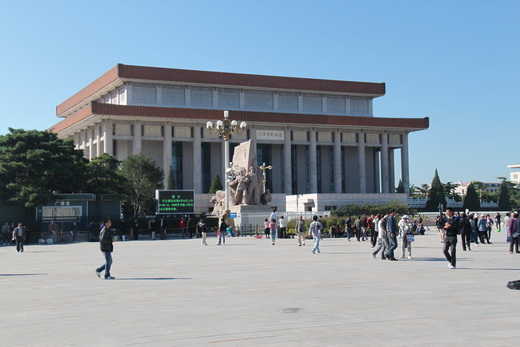
The roof has two layers of glass, with sunflower relief inlaid in between. Its base has two platforms made from red granite bricks, surrounded by evergreen ornamental railings from Fangshan marble.
Its North and South have two white marble steps down the middle zone, carved with sunflower, evergreen, bloom, pine pattern. Opening hours: Tuesday to Sunday: 8:00-12:00 am
3. Qianmen Street
Qianmen Street in Beijing is a showcase of Beijing’s condensed culture and custom. It has also witnessed the old Beijing’s profound change in various historical periods. Qianmen Street each year attracts a large numbers of tourists from home and abroad, and plays an important role in sino- foreign economic and cultural exchanges.
Qianmen is also one of the places which have a fairly complete protection of the relics. Since the Ming and Qing Dynasties, experts say, Qianmen Street has become a unique street of architectural culture, merchants culture, folk culture, opera and cultural characteristics of the most developed and prosperous neighborhood.
It is a lively folk customs Museum of Ancient and Modern in Beijing. Qianmen Street is a broad and deep cultural area, it has become the most live cultural memory for Beijingers.Qianmen Street is located to the south of Tiananmen Square.
Check out the link for information: Qianmen Street
4. Wangfujing Street
Wangfujing is nicknamed “China’s first Street”. Wangfujing Street is just more than 1,000 meters starting from the northern Xisi Street to the southern Chang’an Street, but it is the famous “First Street of China”, also a must see visit place for tourists coming to Beijing.
Check out the link for more information: Wangfujing Street
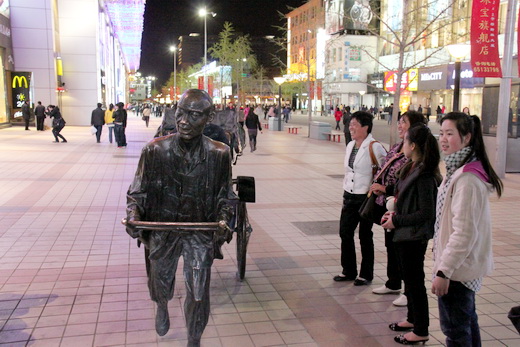
In 1999, one part of Wangfujing Street ( from Goldfish Lane to Satiao of Dongdan) was rebuilt into a pedestrian street, and also has established sister street with the famous Champs Elysees in Paris France. Now In summer time, there are open-air cafes, beer festivals. The pedestrian is a kind of simulation of Europe with much imagination.
5. Shichahai ( Houhai – Back Lake )
Shichahai refers to the Shichahai Lake Area which is composed of three lakes – Qianhai, Houhai and Xihai.
Shichahai is now full of the old world air with its attractive vibe, a lively place rife with people; chic and quaint bars and restaurants; old Beijing snacks and food; old Beijing symbols and special products; the old world charming of the Ming and Qing buildings, boating on Shichahai lakes and the list of its old world charms is much longer.
Check out the link for more information:The Old World Charm in Beijing and The Night View of Shichahai and
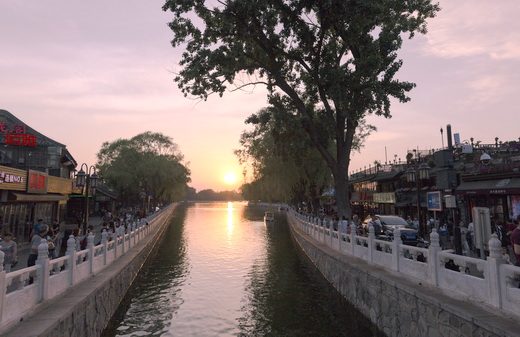
If you are fed up with the gentrification in Beijing; if you lose interest in modern Beijing; if you feel sad about the fact that Beijing is becoming less like Beijing; if you want to see a traditional Beijing; if you try to find a quiet place in the busy Beijing, come to Shichahai!
6. Sanlitun Bar Street
Sanlitun Bar Street is one of the most “prosperous” entertainment street in Beijing nightlife. Foreigners living in Beijing as well as local big shots often frequent the bar street.Every glowing night, the street is teemed with people bustling, bright colors against the background of city noise and luxury.
Sanlitun Bar Street has been always given a “smoke and mirrors” feeling. Nobody can see the true face of it, and nobody can give the street a clear commercial position.
The Bar Street is south of the embassy district. Because of the great reputation of this street, and some foreign embassies will change the house number from the Sanlitun Road to “Sanlihe Bar Street”. The Bar Street is open every afternoon from to 2am everyday.
7. Hutong (narrow lanes)
Tourists in Beijing often ask a question “where are Beijing’s hutongs? Beijing’s Hutongs originated in the Yuan Dynasty (1279-1368) with more than 6,000 at the peak time. The word “hutong” is Mongolian in origin, meaning a “water well”.
In the old-time with the digging of new wells, came the new communities. Later it was referred to as narrow streets or lanes formed by quadrangles.
What’s the number of Beijing’s hutongs”? According to historical records, there were several thousand hutongs in the Ming Dynasty (1368-1644), of which more than 900 in the inner city, 300 in the outer city.
The Qing Dynasty 91644-1911) reached 1800 hutongs while the Republic of China ( 1912-1949) more than 1,900. Statistics shows that when the New China was founded, there were over 2,550 hutongs.
Check out the link for more information: Hutong tour.
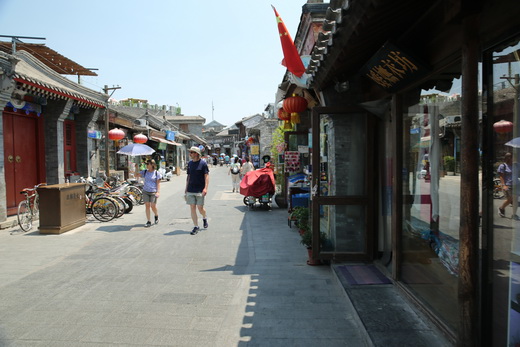
Later due to the hutong name change as well as the economic and urban development, there has been much demolition and renovation of the existing hutongs, now Beijing has more than 4,000 hutongs.
8. 798 Space, 798 Art Zone
798 Art Space , or 798 Art Zone, or Factory 798, is the Beijing “Greenwich Village” or “SoHo”, a part of Dashanzi in the Chaoyang District of Beijing that house a rich artist community. It is nestled in a 50-year old out of service military factory complex with a functional Bauhaus-influenced design.
While many people all day thinking about how to live in a house with a viewing balcony, another group of people whose arrange their own home in the city’s wasted plant in the suburbs.
Check out the link for more information: 798 Art Zone.

These are special people who work for the arts, so they have more reasons than the average person to show their personality. In terms of timing, they are free people, they do not work nine to five stuck in an office.
What they need is the space. Now they own the space in groups.The “798 Factory” is now the most famous art community of Beijing. Quite different from Real estate companies using the same “SOHO” concept, the 798 factory is the real “SOHO district.
9. Silk Market
The only world-renowned market, clearly marked on the world’s top tourist map; in the eyes of foreign tourists, on a par with the Great Wall, Forbidden City, Beijing roast duck – she is the Silk Street, aka Silk Market or Silk Market Street.
20 years ago, a group of young people hoping for the future, set up shabby open-air stores from a simple pavement by the use of this prime location adjacent to the embassy district. They mainly sold silk clothing.
The old market has been demolished. The new market is now open to the public. The new building has an area of 30,000 square meters, known as the New Silk Alley Market. There are 1,600 booths in the new building.
Address:North of Dong Chang An Avenue, Jianguimenwai Street, Chaoyang DistrictBus:Bus No.1,9,28,37,43,120,126,403,639,640,668,728,and 729, take arrival at Yonganli Station
Check out the link for more information: Silk Market
10. Panjiayuan Market
Panjiayuan Flea Market, or Panjiayuan Market, or Panjiayuan Antique Market, or whatever names you use, is a must for those who like something really Chinese.
Beijing Panjiayuan Flea Market is located in the southeast corner of Third Ring Road Beijing.It is the largest flea market opening from Monday to Friday for fixed shops and open Districts No.01 and 02. On Saturday and Sunday all the shops.Check out the link for more information: Panjiayuan Market
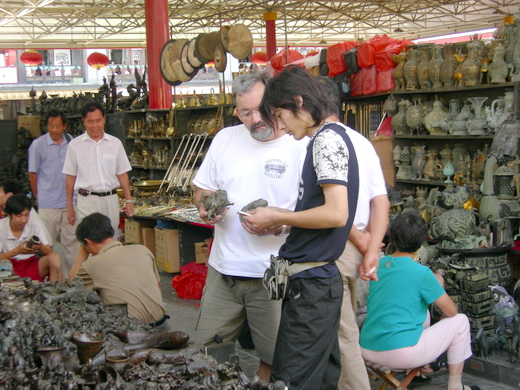
Panjiayuan Flea Market has an area of 48,500 square meters. Market is divided into the stall area, ancient room area, classical furniture, area, modern collection area, stone carving area, food service areas of six business areas.
Mainly focusing on old items, crafts, collectibles, decorations. It has the annual turnover of several million dollars. Market has more than 4,000 operating business units with business people nearly ten thousand people, including sixty percent of the operators from outside Beijing from Twenty-eight provinces, municipalities and autonomous regions, involving Han, Hui, Manchu, Miao, Dong…
Tip: Hassle-free Beijing Guided Tours
If you don’t want to go the do-it-yourself route and prefer the hassle-free escorted tours, here are some options for Beijing guided tours:
Beijing Day Tour
Beijing Tour Packages
Beijing Winter Tour
Beijing Autumn Tour
Great Wall Tour
Car Rental in Beijing
Beijing Tours
China City Tours
China Tour
Further Readings
Best Time to Visit Beijing
How to plan a trip to Beijing
Top 10 Attractions in Beijing
How to Visit Forbidden City
How to Visit Temple of Heaven
How to Visit Summer Palace
How to Visit Ming Tombs
How to Visit the Great Wall of China
How to Visit Tiananmen Square
How to Visit Hutongs
How to Visit Olympic Sites
Top 10 Markets in Beijing
Top 10 Shopping Malls in Beijing
Beijing Shopping
Wangfujing Walking Street
Qianmen Commercial Street
Gui Jie ( Ghost Street) Food Street
Any questions, just drop a line.






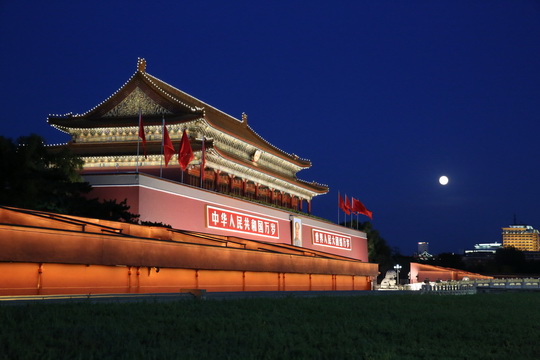
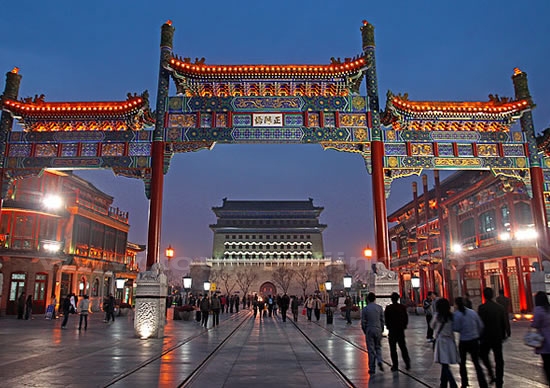
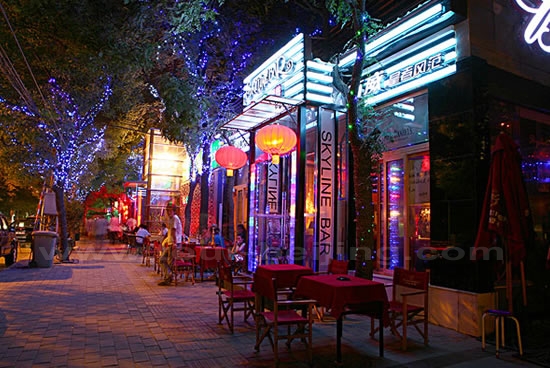
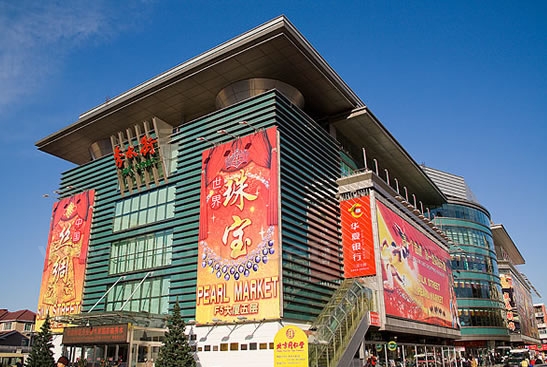
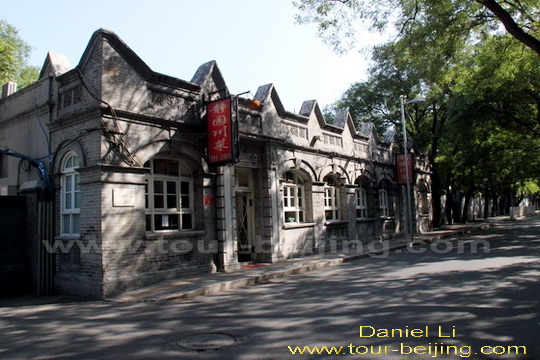
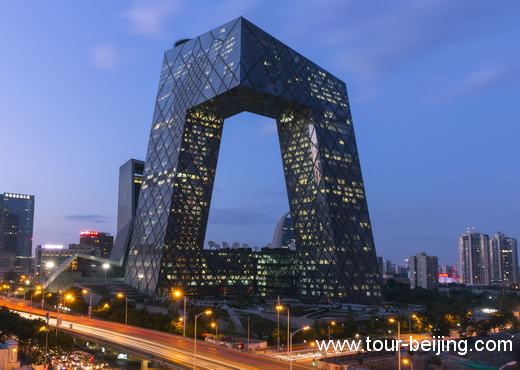
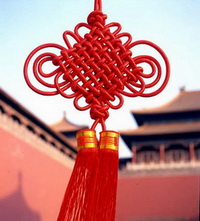
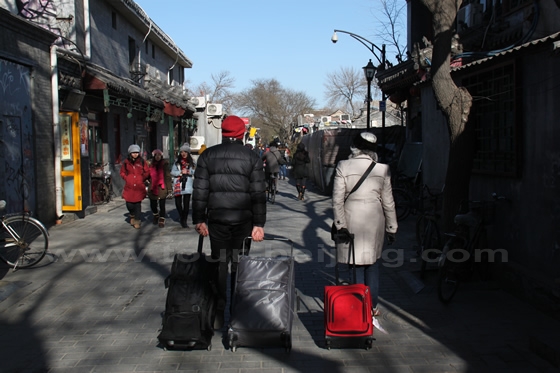
We love the list of free things to do in Beijing you have created. It seems a very good choice to enjoy the city without spend a lot. We have made a guide that includes the proposed spots, you can see it here –> http://www.touristeye.com/Guide-Free-things-to-do-in-Beijing-g-310
Thanks for inspiring
Hello,
I’m Afifah from Malaysia. Was wondering whether our company also provides service of purchasing train tickets on the trans-mongolian train? My friend and I are planning to go to Mongolia after our stay in Beijing. Appreciate any help you guys can provide.
Thank you and regards,
Afifah
Dear Afifah,
Thanks for your inquiry! One of our trip advisers will contact you for the details.Much appreciated!